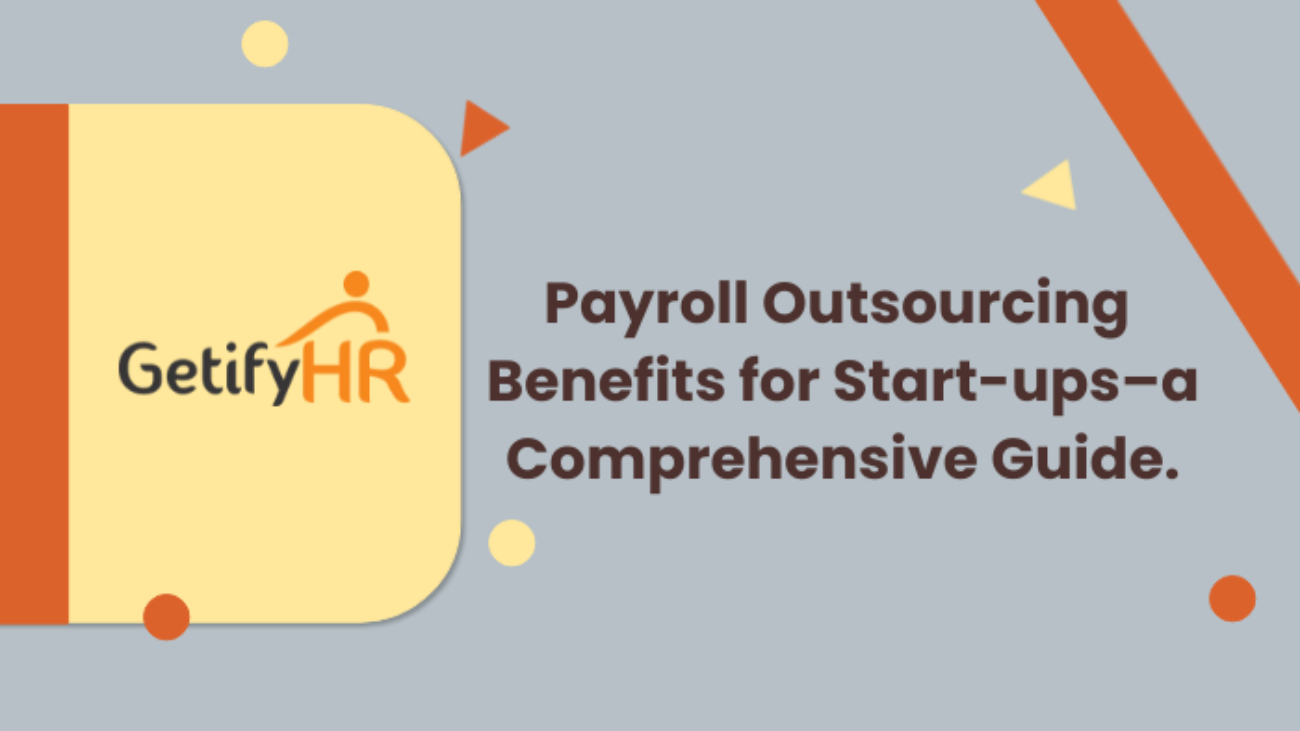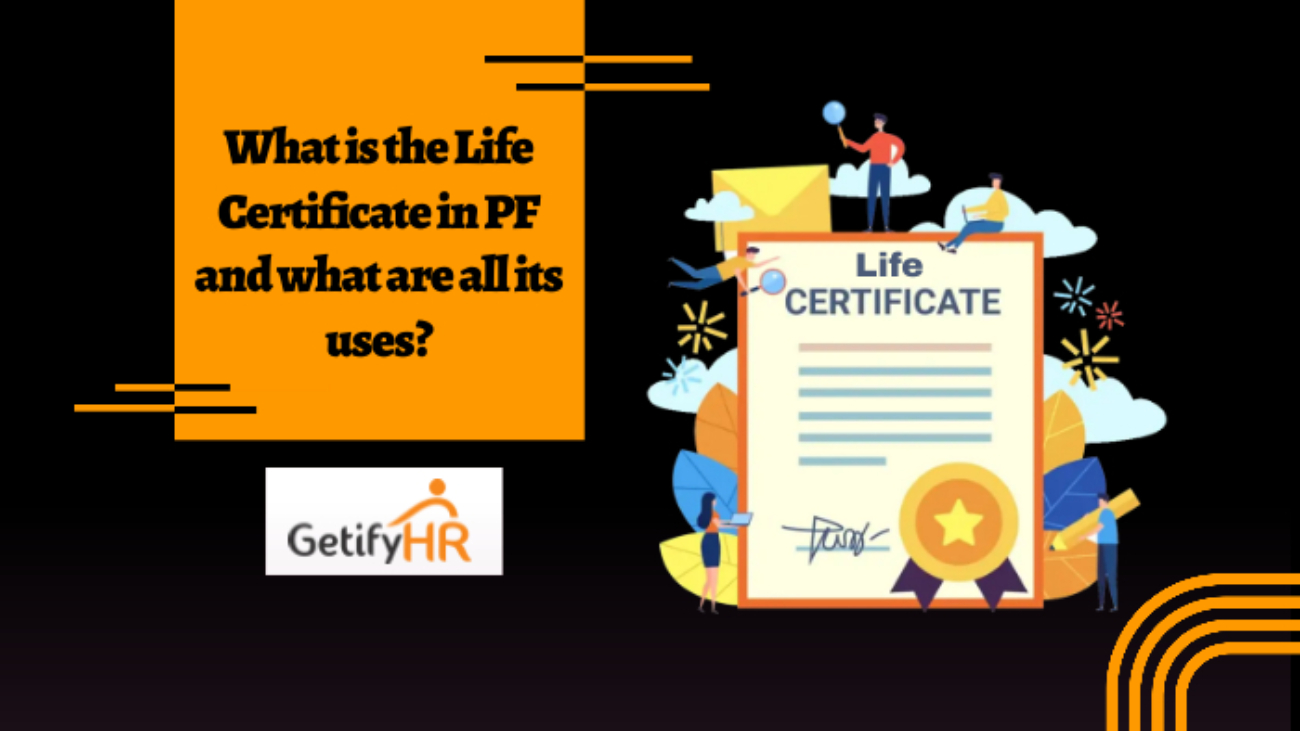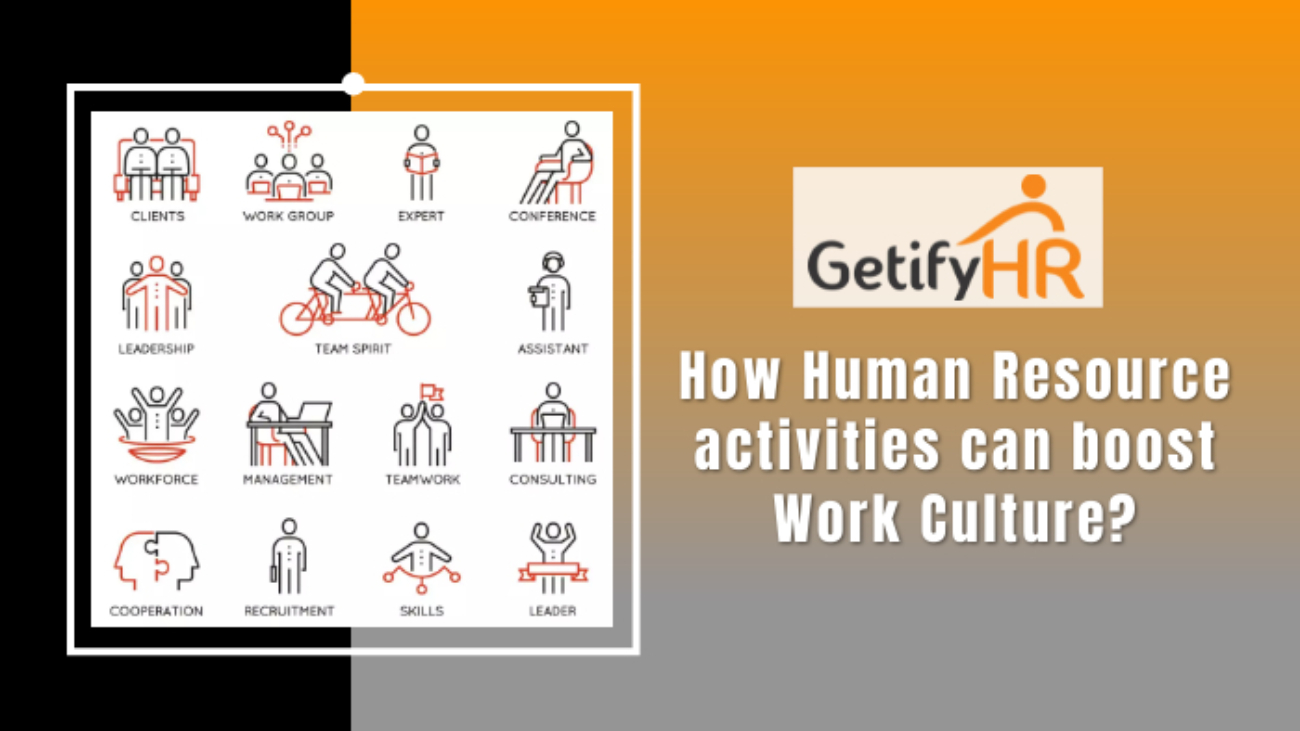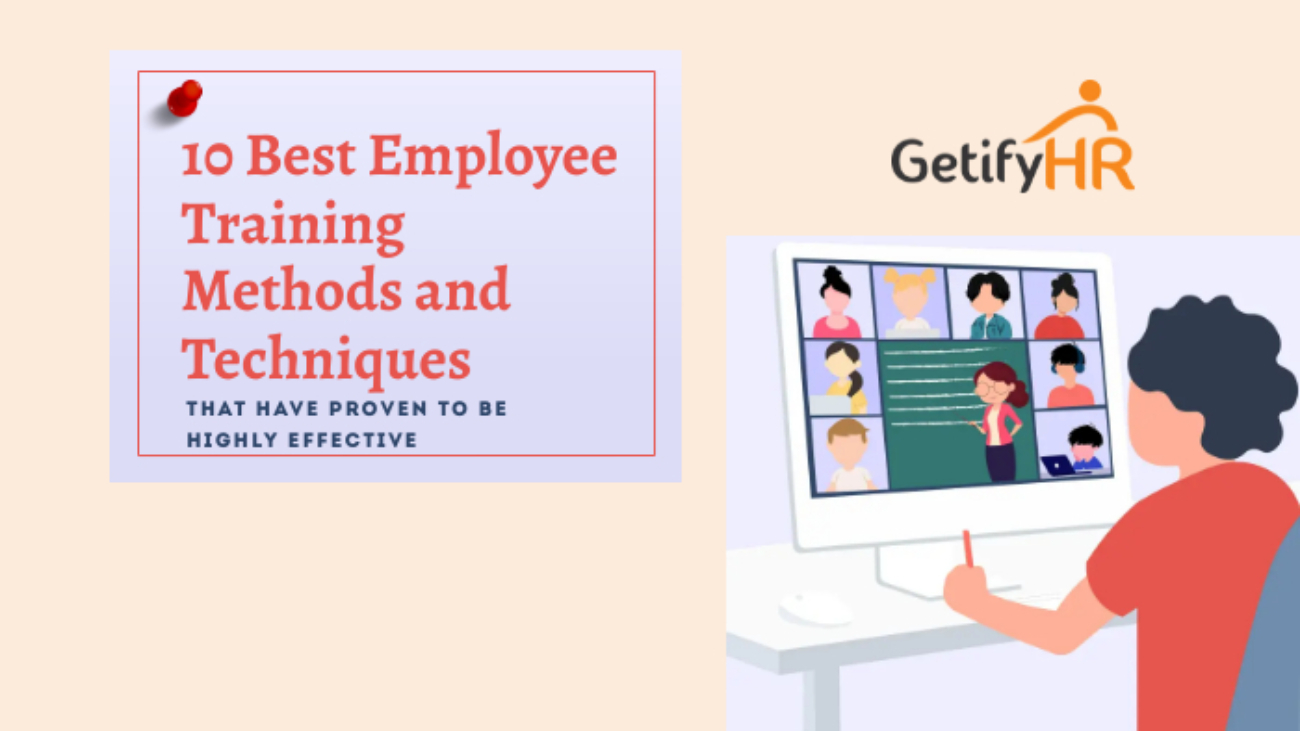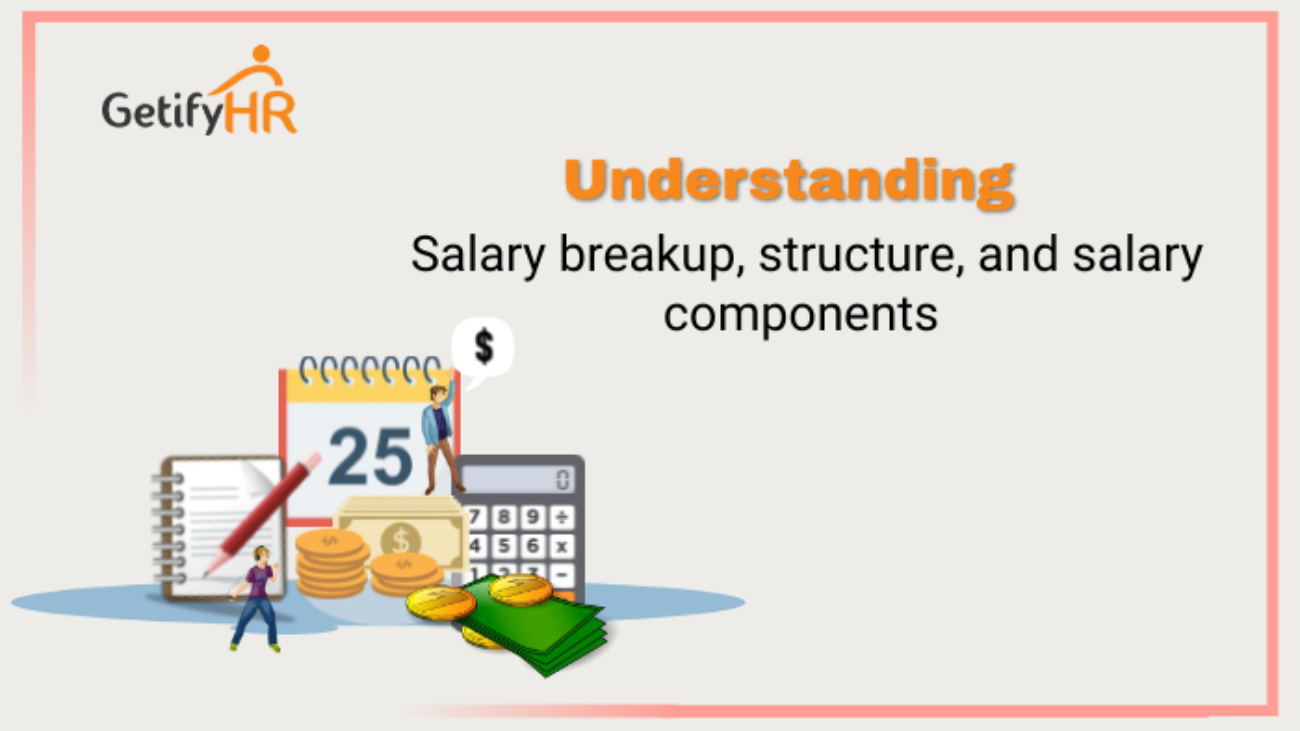The process of improving the effectiveness and efficiency of an organization by synchronizing the people, processes, and culture with the goals and strategies is known as Organizational Development. The role of Human Resources in Organizational Development is focused on the people in the organization. This would include chalking out the policies and procedures for selecting, supporting, and developing manpower within the organization.
The key elements to achieve this task include needs assessment, recruitment and retaining talent, training and development, employee engagement, compensation and benefits, performance management, risk management, and compliance. The points shared in this article are HR policies in India that every organization has to follow.
1. Needs assessment
Assessing the manpower needs of the organization is a vital task entrusted to the Human Resources team. This involves identifying the skills, knowledge, and capabilities required by employees to meet the activities of the organization. The HR is entrusted with the job of identifying gaps in the performance of the employees based on the analysis of the current state of the organization.
2. Talent Acquisition
Talent acquisition is the prime function of any HR department. Identifying the workforce capabilities and analyzing whether the performance matches the goals of the organization is vital for the growth of the company. HR managers have to ensure that the employee levels match the demand and create strategies for employee retention.
The HR department has to perform the entire task of recruiting the right candidate for the job needs. Right from screening the applications and resumes to interviewing, and shortlisting the candidates, the HR team has to be on its toes to acquire the right talent. Performing background checks, onboarding the new employees, and explaining the compensation, and company policy is an important aspect of this task.
Importantly, HR is responsible for retaining talent which can happen only when there is mutual trust, respectful treatment, satisfactory compensation, job security and opportunities for growth. The HR is responsible for giving this assurance.
3. Employee Engagement
In their eagerness to achieve growth, the management may fail to engage properly with the employees. The onus is on the HR team to set up two-way communication and engagement between employees and senior management. This is the only way to build trust and maintain a vibrant company culture that unites everyone around shared goals and values. The HR has to create a positive work environment, and for this, they have to encourage open communication, listen to employee concerns, and foster harmonious relationships between employees and the management.
The HR can build better rapport with the employees and create trust between the top management and the employees by engaging in the following activities:
- Getting regular feedback and listening to the concerns of employees.
- Recognizing individual or group achievements.
- Sharing successes and failures.
- Communicating new company policies, decisions, and strategic goals.
- Mediating conflict and reducing tensions between employees.
- Organizing company-wide get-togethers.
4. Training and Development
Training and Development is a vital aspect to maintain healthy relationships between the management and employees. It is the process that helps in enhancing and enabling the capabilities of employees to build on their strengths and confidence for them to deliver more effectively. Training and Development offer ample opportunities for employees to learn new skills and further improve existing relent. This can have a positive effect on employee morale and enhance productivity, increase growth opportunities, and reduce turnover rates. When the employees feel that their organization is investing in their growth they are more likely to enhance their performance and adhere closely to the company culture.
5. Compensation and Benefits
Designing, implementing and administering the organization’s Compensation and Benefits to the employees based on the nature of work is an important aspect that is handled by HR. The process includes determining the appropriate salary levels, calculating bonuses, designing incentive plans, and selecting and managing health insurance plans and other benefits for employees.
6. Compliance Issues
Statutory Compliance is a vital aspect of any business, and being compliant with all these rules and regulations is a must if the organization has to grow. It is, therefore, important that these rules and regulations formulated by the government are strictly complied with by the company. The development and implementation of policies and procedures will depend on these rules and regulations, especially those related to labour and employment.
7. Performance Management
Performance Management is a process undertaken by the HR to help employees grow and advance within the organization. They achieve this task through the use of assessment tools, coaching, and counseling, and by providing regular feedback on performance. The employees are set performance goals and their progress is tracked and evaluated. Performance management programs help to ensure that the employees are meeting the performance standards expected of them.
8. Policy Development
Every organization should have a set of policies and procedures that govern employee behaviour and align it with the company culture. Policy development is the process through which such policies and procedures are planned and implemented. These could include policies related to areas such as human resources, workplace safety, data security, ethics, and compliance with applicable rules and regulations.
9. Creating a Safe and Inclusive Work Environment.
Providing a safe and inclusive work environment to the employees is the responsibility of the HR. They have to plan and implement policies that promote diversity and inclusion and ensure that there is no discrimination on any grounds in the organization. They should also ensure full compliance with the health and safety regulations. The main purpose here is to foster a culture of respect and equality, where every employee feels valued and included. The onus is on the HR to improve workplace ethics.
10. Succession Planning
As the name implies, this process involves identifying and developing the leaders of the future within the organization. Succession Planning involves implementing programs to groom employees with high potential for leadership roles to ensure that capable and qualified persons are posted to key positions. This process involves analyzing the current and future requirements of the organization and developing strategies to attract fresh talent and retain & develop existing talent.
11. Strategic Planning
Achieving the goals and objectives of an organization depends on the strategic planning undertaken by the management. Strategic planning involves creating and implementing HR strategies that are in tune with the organization’s broader objectives. In the context of HR, activities such as recruitment, compensation and benefits, employee engagement and development, etc., are some of the areas included in the process.
12. Risk Management
HR’s role in Risk Management is limited to identifying and mitigating potential risks arising through a wide range of issues related to the workforce, namely employee turnover, performance, and compliance. The HR department has to be on its toes to identify higher employee turnover, slack in performance, and legal issues arising out of non-compliance. These potential risks could negatively impact the growth of the organization and, therefore, the role of the HR in identifying and taking corrective measures is high.
Conclusion
The Corporate structure in India provides opportunities for people to make their choice by the number of people involved in the business, the funds to be infused, the size of the business, plans for expansion, and whether they are looking for borrowings from financial institutions and the general public. Individuals or groups of people can opt for any of the structures to start their business. However, due to the complexity involved in starting and administering a business, it is advisable to consult a lawyer, an auditor, or a professional before making the choice. GetifyHR, one of the premier Payroll and HR Management Outsourcing companies in India is well qualified to assist people in making the right choice.
The Human Resources department has a huge role to play in the growth of an organization that has a large workforce. Companies with a very small number of employees normally make use of their managers to handle the employees as there is no need for a separate HR department. In companies that have a large workforce, HR’s role and importance cannot be gauged by just the points that we have raised in the earlier paragraphs. The HR’s role is invaluable and any attempt to downplay this importance may have a negative impact.
GetifyHR, an expert in the field of HR Management issues especially in handling Statutory Compliance requirements has been at the forefront in guiding clients to be fully compliant with all rules and regulations. Our expertise has been widely appreciated by our clients across India. We are fully equipped with a professional team of experts to guide prospective clients to make the right choice of corporate structure and to support their HR teams in handling the employees.




